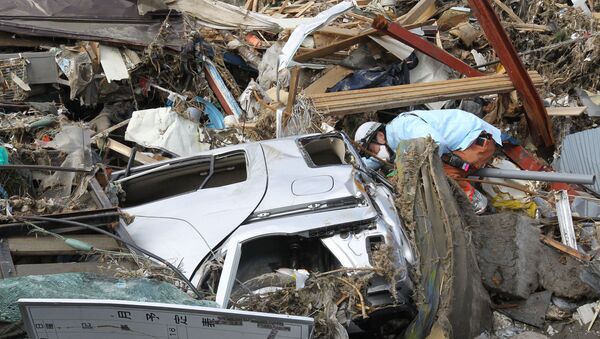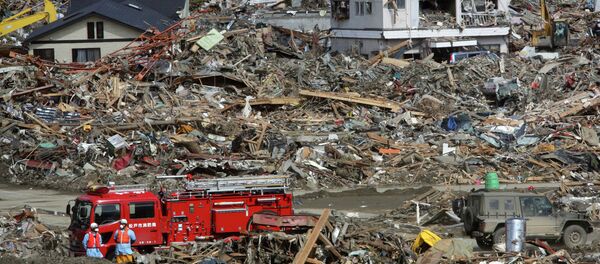Nearly half were residents of Fukushima prefecture, where waves up to 15 meters tall (42 feet) from a magnitude 9.0 earthquake-triggered tsunami caused a meltdown of its nuclear power plant's reactors. In other prefectures, waves reached as high as 40.5 meters (132.8 feet)
At present, 83,000 survivors live in extremely harsh conditions in makeshift housing built immediately after the disaster and designed to last no more than two years. However, compared to last year's 267,000 displaced residents, surviving victims of the Tohoku earthquake are gradually acquiring own housing.
As part of the agency's recovery plan, 29,000 municipal houses are expected to be constructed in the affected areas, with one-fifth of the residences complete.
Japan is located in a seismically active zone, with earthquakes of magnitude 6 and higher commonplace in the island nation. Last month, two quakes hit the northern tip of Japan, sparing the island of casualties or often routine tsunamis.
Seismologists estimate, however, that tremors nearing magnitude 9 in the Japanese archipelago take place no more than once every six centuries.
Wednesday marks the fourth anniversary of the devastating catastrophe that left almost 16,000 people dead, 2,500 still missing and 400,000 homes destroyed across an area covering 561 square kilometers (216.6 square miles).



